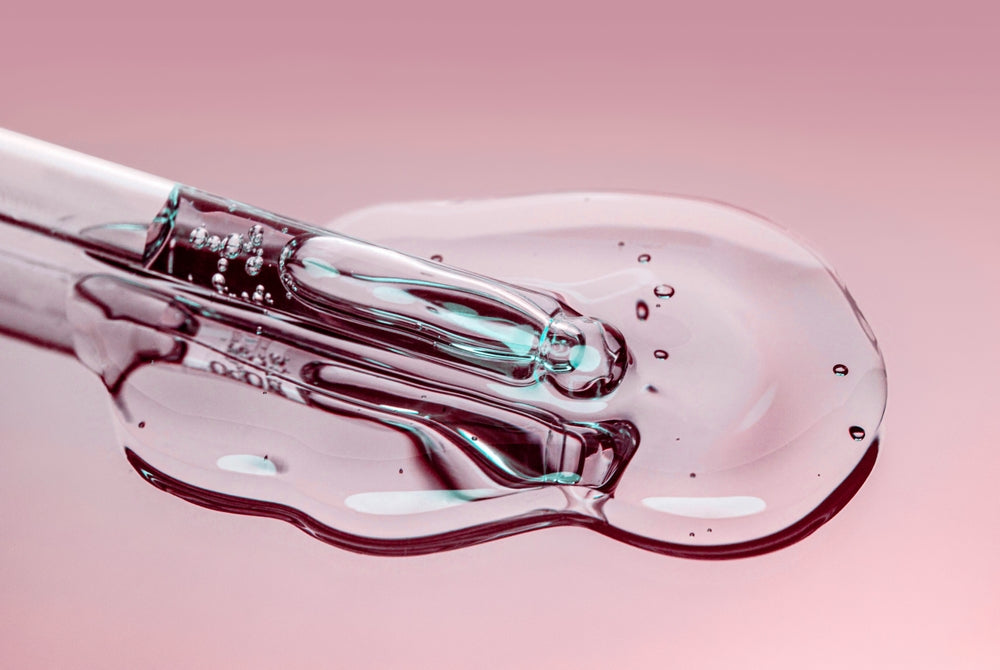In the ever-evolving world of skincare, some ingredients come and go with fleeting trends. But others, like niacinamide, have stood the test of time — backed by science, trusted by dermatologists, and loved by skincare enthusiasts worldwide. Whether you're battling dullness, oiliness, or fine lines, niacinamide has likely found its way into your routine. But what exactly is it, how does it work, and what happens when you combine it with other actives?
Let’s dive into everything you need to know about this multitasking ingredient — from its benefits and ideal concentrations to the ingredients that amplify its performance.
What Is Niacinamide?
Niacinamide, also known as Vitamin B3, is a water-soluble vitamin found naturally in the body and certain foods. When applied topically, it works wonders for skin tone, barrier health, oil regulation, and more. Its versatility and low irritation potential make it suitable for nearly all skin types — even sensitive and acne-prone skin.
What Are the Key Benefits?
1. Brightening and Tone Correction
Niacinamide helps reduce the appearance of dark spots and hyperpigmentation by inhibiting the transfer of melanin to the surface of the skin. While it doesn't break down existing pigmentation like some stronger ingredients, it prevents new spots from forming and helps even out the complexion over time.
2. Strengthens the Skin Barrier
By stimulating the production of ceramides and fatty acids, niacinamide reinforces the skin’s natural barrier. This is crucial for keeping moisture in and irritants out — especially for those with dry, damaged, or compromised skin.
3. Oil Regulation and Acne Control
Niacinamide has a balancing effect on sebum production, making it a great ingredient for oily and acne-prone skin. It helps reduce shine, refine the look of pores, and calm inflammation associated with breakouts.
4. Anti-Aging and Wrinkle Reduction
By encouraging collagen production and improving elasticity, niacinamide can soften fine lines and improve skin texture over time. It’s a gentle yet effective option for those looking to incorporate anti-aging into their routine without the harshness of retinoids.
5. Antioxidant Protection
Niacinamide acts as a powerful antioxidant, protecting the skin from environmental stressors like pollution and UV damage. This contributes to long-term skin health and resilience.
How Concentration Affects Results (and Sensitivity)
Though niacinamide is generally well-tolerated, higher concentrations can occasionally cause irritation, especially for sensitive skin. Here's a general guide to what different percentages mean:
-
Up to 2%: Ideal for very sensitive skin or beginners. Focuses on calming and barrier repair.
-
3–5%: A common range in everyday products. Offers visible improvement in brightness, oil control, and texture with minimal risk of irritation.
-
5–10%: Considered high-performance. Suitable for targeted treatments with noticeable results in tone correction and blemish control. Sensitive users may experience tingling or redness.
-
Over 10%: Found in concentrated serums. Offers strong corrective benefits but should be used with caution. Best applied a few times a week, with patch testing recommended.
What Ingredients Work Well with Niacinamide?
Niacinamide is a team player. While it shines on its own, it performs even better alongside complementary ingredients:
1. Hyaluronic Acid
Pairing niacinamide with hyaluronic acid enhances hydration and reinforces the skin barrier. While hyaluronic acid pulls water into the skin, niacinamide locks it in — keeping skin plump and moisturized.
2. Zinc
Zinc and niacinamide are often combined in formulas for oily or acne-prone skin. Zinc has antimicrobial and anti-inflammatory properties, working with niacinamide to calm redness and regulate oil without over-drying.
3. Peptides
If you’re focused on anti-aging, peptides are a perfect match. Together, niacinamide and peptides help boost collagen production, improve skin elasticity, and reduce the appearance of fine lines.
4. Ceramides
Niacinamide increases ceramide production naturally, but pairing it with ceramide-infused products further fortifies the skin barrier. This is especially helpful for sensitive, dry, or compromised skin.
While niacinamide is generally stable and easy to layer, it's best to avoid pairing it directly with low-pH ingredients like L-ascorbic acid (pure Vitamin C) unless the formula has been specifically designed to accommodate both.
Niacinamide has earned its reputation as a skincare essential for good reason. Its wide range of benefits, low irritation risk, and compatibility with other ingredients make it one of the most accessible and effective options for anyone looking to improve their skin health. Whether you’re new to actives or building a more advanced routine, niacinamide deserves a permanent place on your shelf — just remember to listen to your skin and choose the concentration and combinations that work best for you.
Beautiful skin isn’t about perfection — it’s about consistency, balance, and choosing the right tools to support your skin's natural rhythm. Niacinamide is one of those tools.
Best Niaciamide Serums
ANUA Niacinamide 10 + TXA 4 Serum

medicube Salmon DNA PDRN Pink Peptide Serum





